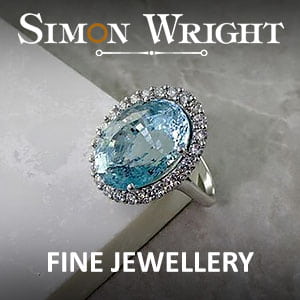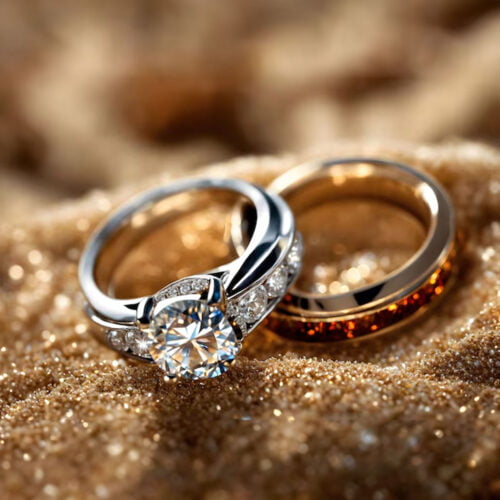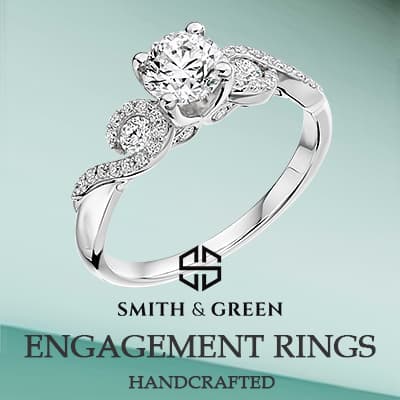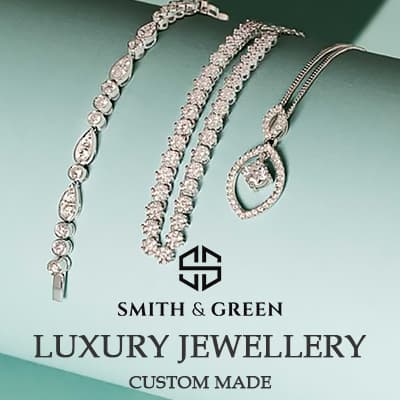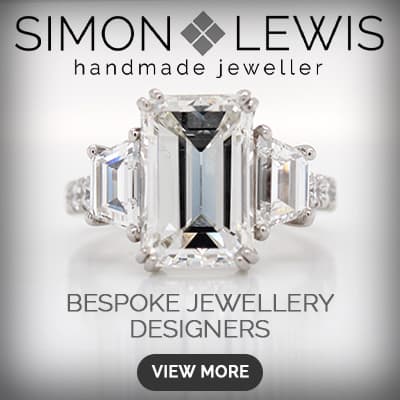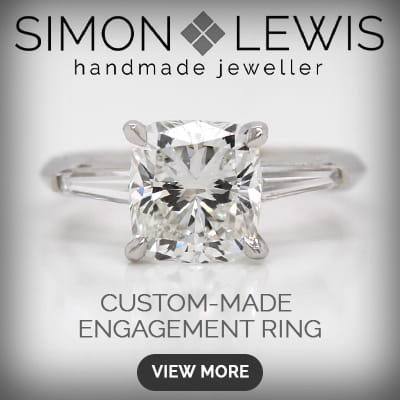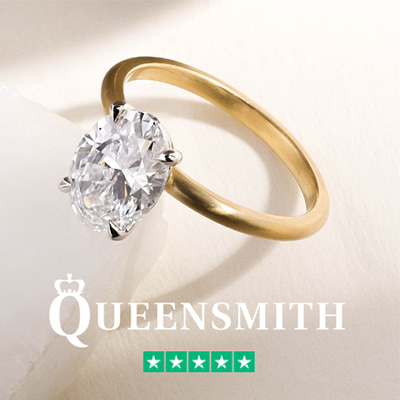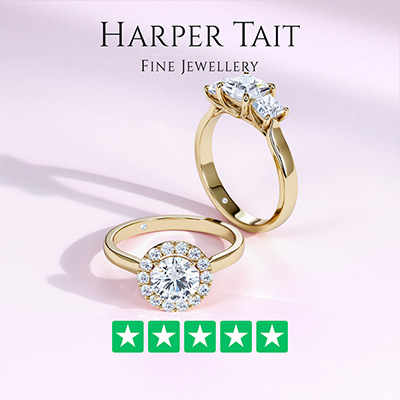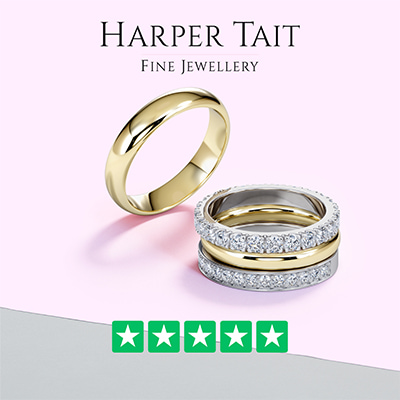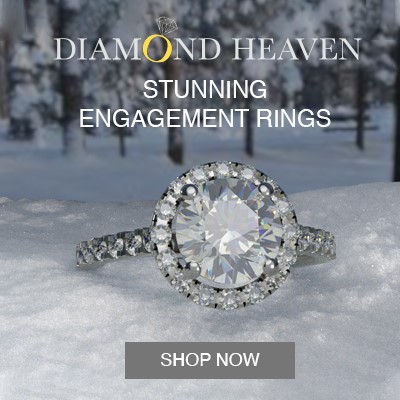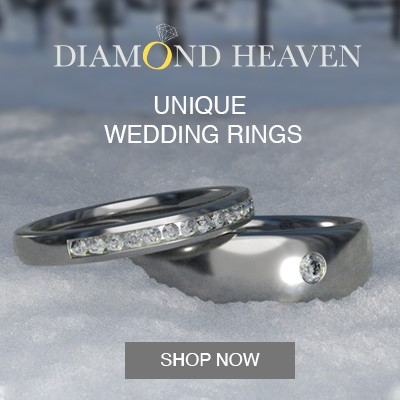Diamonds have long been celebrated for their stunning ability to transmit light and create an intense sparkle. Often, when we think of a diamond’s cut, our minds jump to shapes like round, heart, oval, marquise, and pear. However, the true essence of a diamond cut lies in how its facets – the flat faces on geometric shapes – interact with light. This interplay of light and stone is a dance of precision, requiring expert craftsmanship. The cut of a diamond determines its brilliance, its beauty, and ultimately, its value. Among the Four Cs of diamond quality (cut, colour, clarity, and carat weight), the cut is arguably the most complex to assess, yet it holds the greatest influence over a diamond’s aesthetic appeal.
Fun Fact: Did you know that the process of cutting diamonds into their dazzling final form dates back to the middle of the first millennium BCE? Initially, diamonds were polished rather than cut, to enhance their natural beauty.
What is the Diamond Cut?
Understanding what we mean by the ‘cut’ of a diamond requires a bit of demystification. The cut doesn’t just refer to the shape of the diamond, but more importantly, to how well its facets interact with light. Diamond facets are like tiny mirrors, each reflecting light in a choreographed display that brings out the stone’s inner beauty. Think of each facet as an actor on a stage; their performance can elevate a play from ordinary to extraordinary. Similarly, the cut of a diamond can elevate it from a mere stone to a mesmerising piece of art.
The Top 10 Diamond Cuts
The journey of a diamond from a rough stone to a sparkling gem is nothing short of miraculous. This transformation is achieved through diamond cutting techniques that have been refined over centuries. In this guide, we unveil the finest and most sought-after diamond cuts, each a masterpiece of light and elegance.
Round Brilliant Cut
Round brilliant cut diamonds are the epitome of this interplay of light. They are crafted with 57 or 58 facets, each meticulously aligned to capture and reflect light. This cut is renowned for its ability to maximise light return, resulting in unmatched brilliance and fire. It’s not just a shape; it’s a testament to human ingenuity and an homage to nature’s creation. Like the sun in the sky, a round brilliant cut diamond radiates light in every direction, making it a timeless choice for those seeking the quintessence of elegance and simplicity.
Imagine a droplet of water – simple, yet its symmetry is captivating. The round brilliant cut is the diamond equivalent, offering harmony and balance unrivalled by other shapes. When set in an engagement ring, it speaks of eternal love, with each facet reflecting a moment, a memory, a promise.
Princess Cut
Venturing further into the world of diamond cuts, we encounter the Princess cut diamonds. This cut is a modern marvel known for its sharp angles and contemporary beauty. Introduced in the 1960s, the Princess cut is like a window into the future of diamond design, combining the brilliance of a round cut with a chic, angular appearance. It is often seen as the epitome of modern elegance, making it a popular choice for those who cherish a blend of tradition and innovation in their jewellery.
The Princess cut is unique in its ability to capture light in a way that accentuates its geometric shape. It’s like looking at a piece of modern architecture, where light and shadow play across surfaces to create a dynamic visual experience. When light enters a Princess cut diamond, it dances through its facets, creating a spectacle of sparkle that is both bold and beautiful.
Emerald Cut
Next, we delve into the Emerald cut diamonds. This cut is steeped in history, harking back to the styles favoured by royalty and the aristocracy. The Emerald cut is understated in its brilliance but speaks volumes through its elegance. It is characterised by its step cuts, which create a unique ‘hall of mirrors’ effect, a visual poetry that is distinct from the more common sparkle of other cuts.
The Emerald cut is like a serene lake, reflecting light in a calm, understated manner. Its elongated shape and step-like facets draw the eye in a slow, mesmerising dance, revealing the stone’s depth and clarity. This cut is ideal for those who appreciate the subtle play of light and the clarity of the diamond, rather than an overwhelming brilliance.
Asscher Cut
As we continue our exploration, we encounter the Asscher cut diamonds. This cut is a vintage treasure, first introduced in the early 20th century. It shares similarities with the Emerald cut but differentiates itself with its square shape and larger step facets. The Asscher cut is like a window into the past, offering a glimpse of old-world glamour.
This cut is for the romantics, the dreamers who find beauty in the bygone. Its deep, clear facets are like the pages of a classic novel, each one telling a story of light and shadow. The Asscher cut doesn’t just reflect light; it tells a tale with each of its reflective steps.
In an Asscher cut diamond, you don’t just see a gemstone; you witness a piece of history, a testament to the timelessness of beauty. It’s a cut that appeals to those who seek something unique, a diamond that is as individual as their own story.
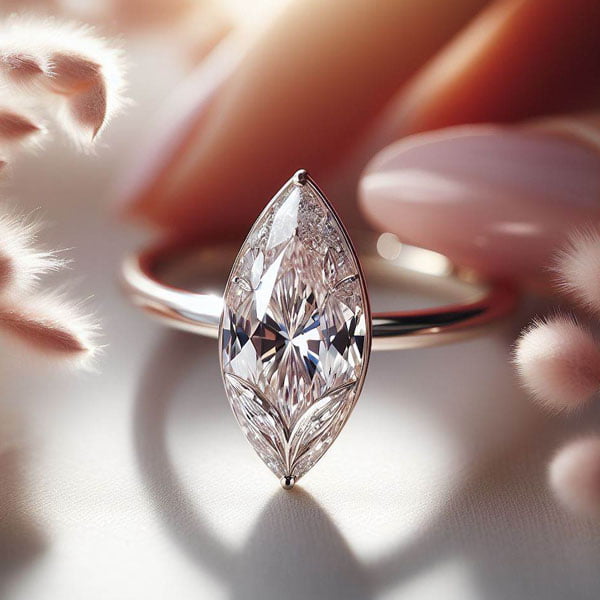

Marquise Cut
Our journey through the world of diamond cuts brings us to the Marquise cut diamonds, a cut with a story as intriguing as its shape. The Marquise cut, also known as the ‘navette’ cut, resembles a small boat or an elongated oval. It’s a fusion of opulence and uniqueness, with its history rooted in the royal courts of 18th century France. The cut was reportedly commissioned by King Louis XV to mimic the shape of the lips of his beloved Marquise de Pompadour, making it a symbol of romance and royal favour.
The Marquise cut is like a whisper of elegance, its elongated shape offering an illusion of greater size and grandeur. It’s a cut that demands attention, drawing the eye along its graceful lines. When set in a ring, a Marquise cut diamond doesn’t just adorn a finger; it enhances it, making it appear more slender and elegant.
Fun Fact: The Marquise cut is also known for its ability to maximise carat weight, giving the illusion of a larger diamond. This cut makes efficient use of the rough stone, losing less in the cutting process, making it a choice that combines beauty with practicality.
Radiant Cut
The Radiant cut is a stunning blend of precision and elegance. It’s a hybrid between the traditional round cut and the edgier emerald cut, offering both the depth and brilliance of the former with the clear, linear facets of the latter. This cut is characterised by its vibrant light reflection, making it a popular choice for those who seek a balance of classic and contemporary styles in their jewellery.
Trivia: Did you know that the Radiant cut was only invented in the 1970s? It’s a relatively new addition to the world of diamond cuts but has quickly gained popularity for its versatility and brilliance.
Pear-Shaped Cut
Moving to the graceful Pear-Shaped cut, this section will explore its unique teardrop shape, combining the round and marquise cuts. The Pear-Shaped cut is renowned for its ability to elongate the finger, making it a flattering choice for engagement rings. It’s a fusion of elegance and sophistication, with a touch of vintage charm.
Oval Cut
The Oval cut is another diamond shape that beautifully elongates the finger. It shares similarities with the round cut in terms of brilliance but offers a more unique, elongated shape. This section will delve into the subtle elegance of the Oval cut, discussing its growing popularity and how it makes the most of the rough stone.
Heart-Shaped Cut
The Heart-Shaped cut is the ultimate symbol of love and romance. This section will discuss the intricate crafting required to achieve the perfect symmetry of a heart-shaped diamond, making it a sentimental and visually striking choice for romantic gestures, especially in engagement rings and anniversary gifts.
Cushion Cut
The Cushion cut, with its soft edges and vintage feel, has seen a resurgence in popularity. It combines the classic cut’s elegance with a modern touch. This section will examine why the Cushion cut, often resembling a pillow or cushion, is favoured for its romantic appearance and the way it captures light.
Hatton Garden Jewellers
In the heart of London, Hatton Garden stands as a beacon of excellence in the world of jewellery. This historic lane, lined with seasoned jewellers, is famed for its unparalleled expertise in diamond cutting. These artisans skillfully navigate the delicate balance between tradition and innovation, seamlessly merging the time-honoured practices of shaping natural diamonds with the modern techniques required for lab-grown counterparts. Their precision in crafting each diamond cut is unmatched, positioning them as leaders in the global jewellery arena. Whether it’s transforming a rough stone into a dazzling gem or sculpting lab-grown diamonds into intricate designs, the craftsmen of Hatton Garden demonstrate a mastery that turns every diamond into a masterpiece, a testament to their unwavering dedication and skill.
Conclusion
In the radiant world of diamond cuts, each shape tells its own unique story, echoing centuries of craftsmanship, artistry, and romance. From the classic elegance of the Round Brilliant and Princess cuts to the historic charm of the Emerald and Asscher cuts, and the whimsical allure of the Marquise, each diamond cut has its own personality and appeal. The newer Radiant, Pear-Shaped, Oval, Heart-Shaped, and Cushion cuts bring contemporary elegance to the traditional diamond narrative, offering a blend of modernity and timeless beauty. Choosing the perfect diamond cut for your ring is more than a style statement; it’s a reflection of personal stories, memories, and dreams. This journey through the top diamond cuts illuminates the art and science behind these sparkling gems, helping you find the perfect symbol of your love and commitment.
FAQs
- What is the most popular diamond cut for engagement rings? Round Brilliant Cut is the most popular choice.
- How does the Marquise cut benefit a diamond’s appearance? It creates an illusion of greater size.
- Why is the Cushion cut gaining popularity? It’s vintage charm and romantic look.
- What makes the Heart-Shaped cut special? It symbolises love and romance.
- Are Oval cuts similar to Round cuts in brilliance? Yes, with a unique elongated shape.




